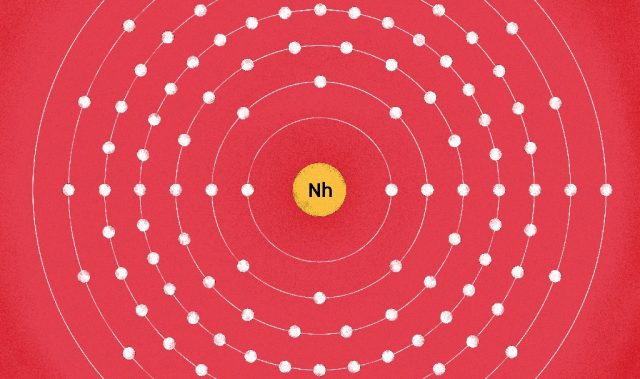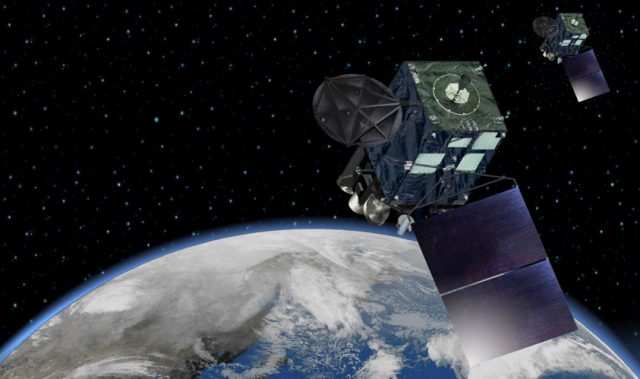
AsianScientist (Aug. 10, 2016) – An international team led by Dr. Takemasa Miyoshi of the RIKEN Advanced Center for Computational Science has used the powerful K supercomputer and advanced radar observational data to accurately predict the occurrence of torrential rains in localized areas. The work was published in Bulletin of the American Meteorological Society.
Today, supercomputer-based weather predictions are typically done with simulations that use grids spaced at least one kilometer apart and incorporate new observational data every hour. However, due to the roughness of the calculations, these simulations cannot accurately predict the threat of torrential rains, which can develop within minutes following the sudden formation of cumulonimbus clouds.
The key to the current work is big data assimilation: using computational power to synchronize data between large-scale computer simulations and observational data. Using the K computer, the researchers carried out 100 parallel simulations of a convective weather system, producing a high-resolution 3D distribution map of rain every 30 seconds—120 times more rapidly than the typical hourly-updated systems operated at the world’s weather prediction centers today.
To test the accuracy of the system, the researchers attempted to model a real case—a sudden storm that took place on July 13, 2013, in Kyoto. The simulations were run as either as pure simulations without observational data input, or with the incorporation of data every 30 seconds, and on 100-meter and one-kilometer grid scales. The researchers found that simulations alone were unable to replicate the rain, but the incorporation of observational data allowed the computer to represent the actual storm.
In particular, the simulations done with 100-meter grids led to a very accurate replication of the storm compared to actual observations.
“Supercomputers are becoming more and more powerful, and are allowing us to incorporate ever more advanced data into simulations,” said Miyoshi. “Our study shows that in the future, it will be possible to use weather forecasting to predict severe local weather phenomena such as torrential rains, a growing problem which can cause enormous damage and cost lives.”
The article can be found at: Miyoshi et al. (2016) “Big Data Assimilation” Revolutionizing Severe Weather Prediction.
———
Source: RIKEN; Photo: Shutterstock.
Disclaimer: This article does not necessarily reflect the views of AsianScientist or its staff.












